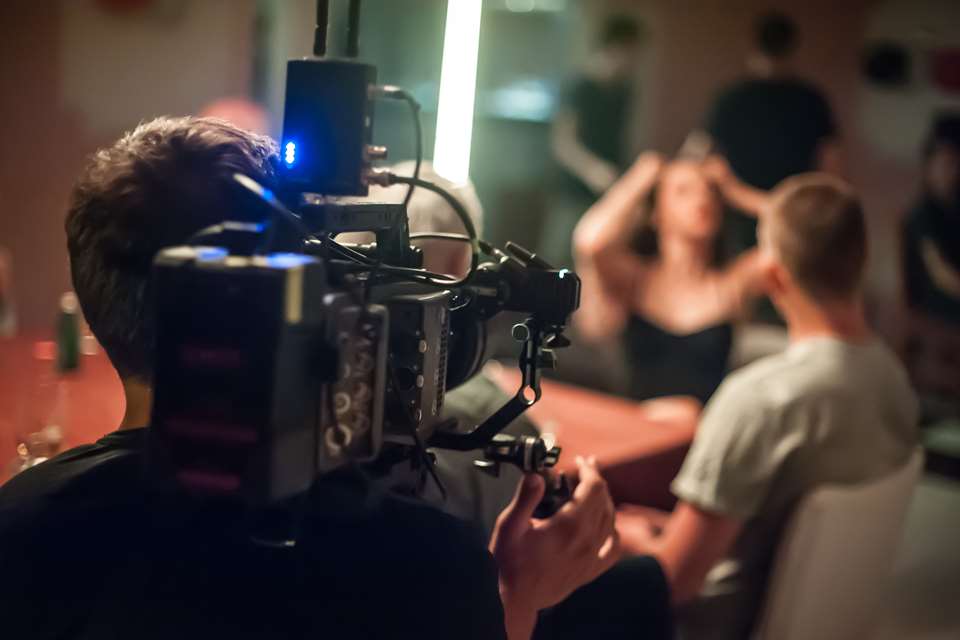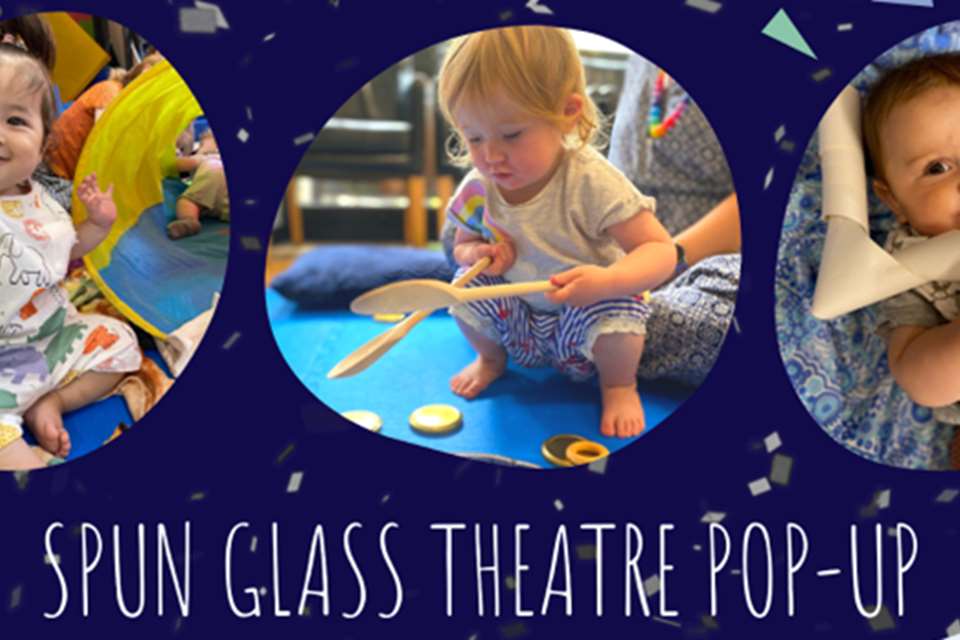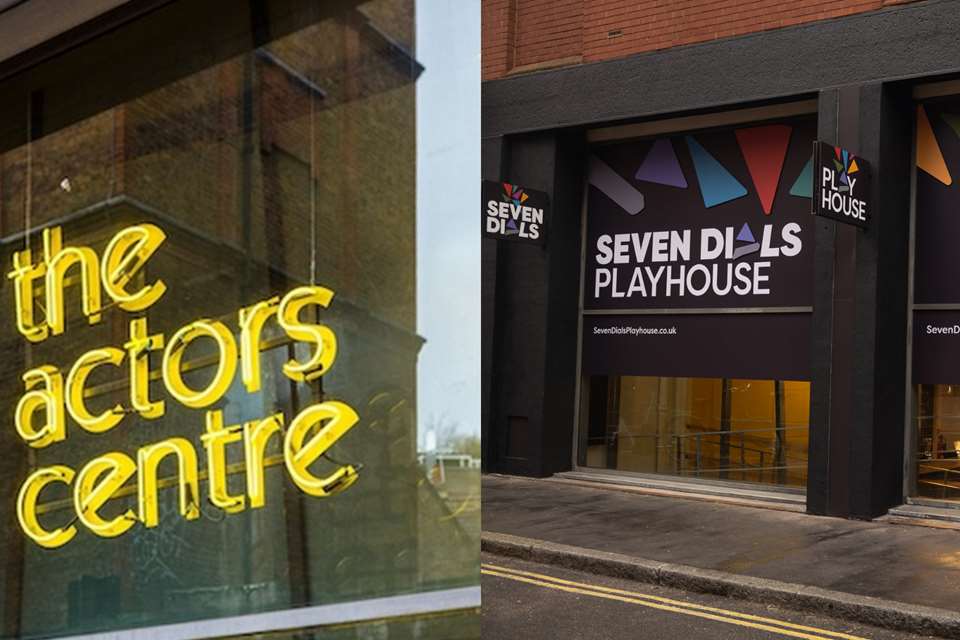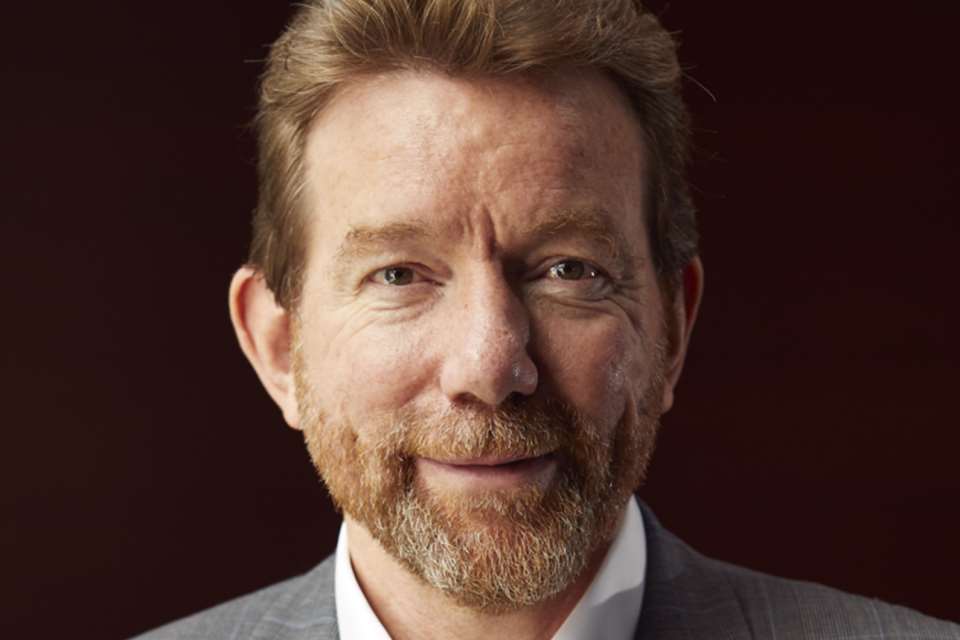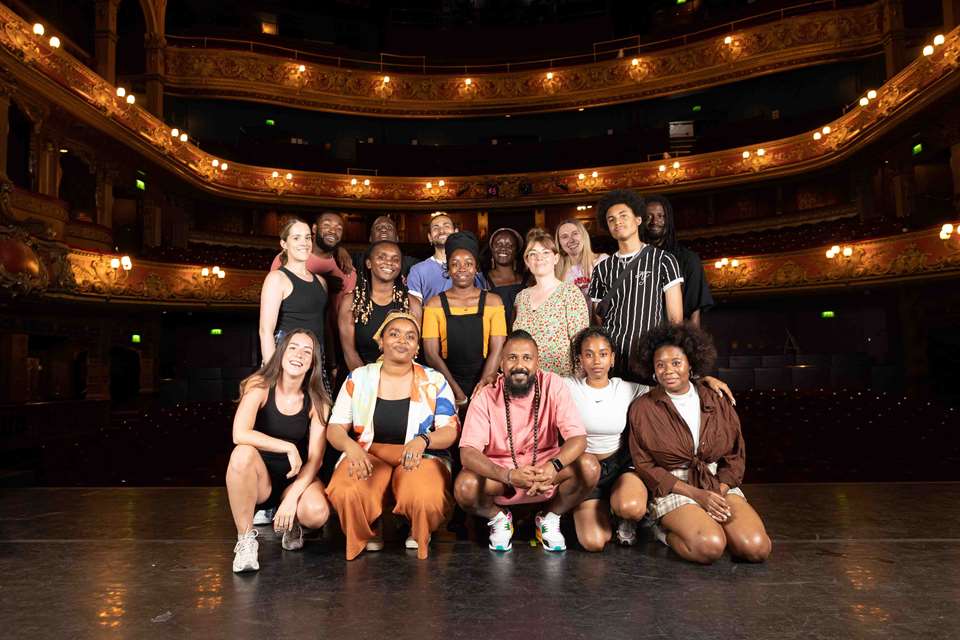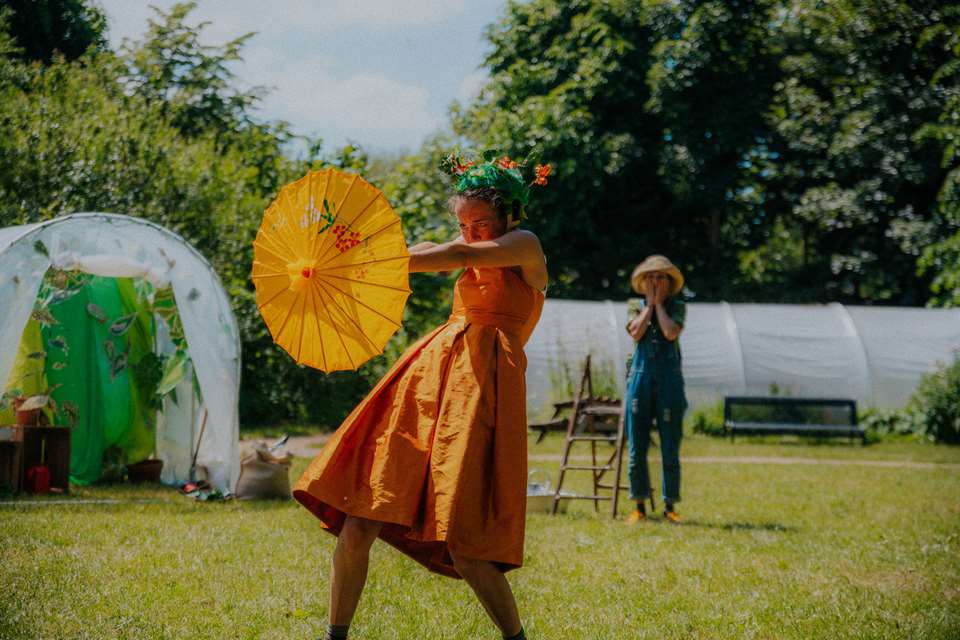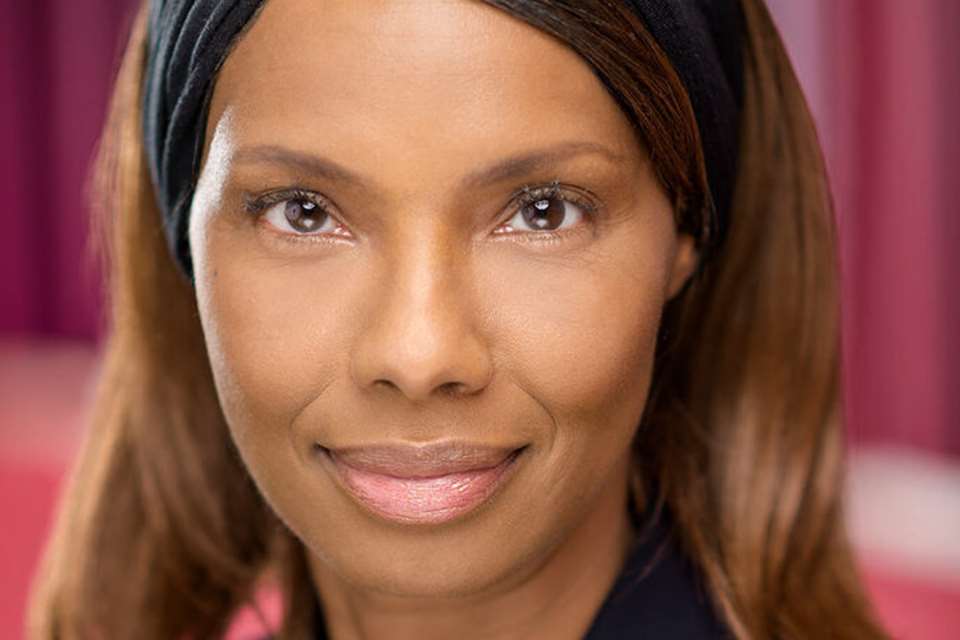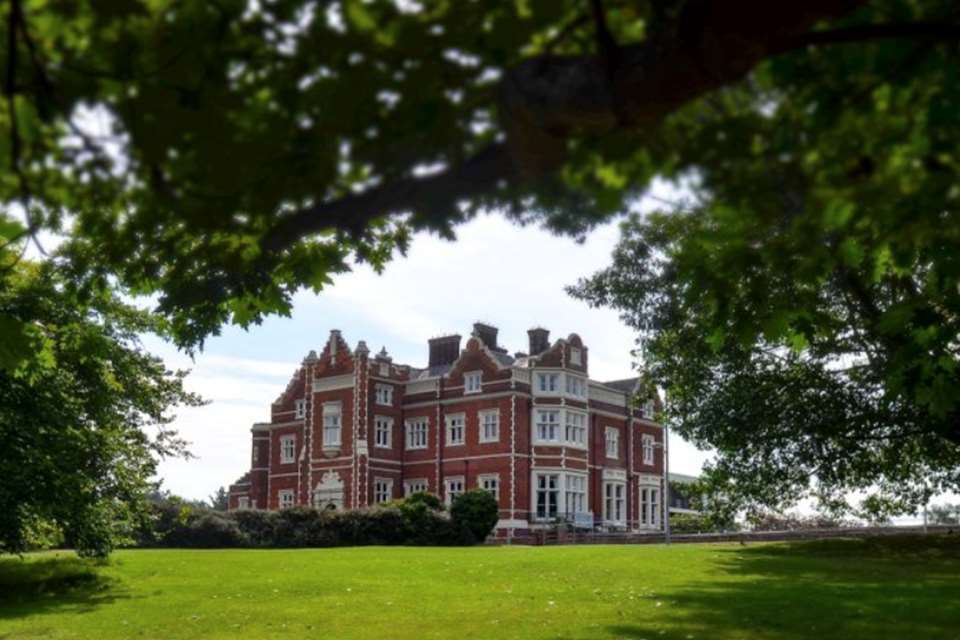Weathering the storm: Noye's Fludde with Harrow School
Adam Cross
Thursday, September 1, 2022
As lockdown finally lifted, nine schools and community organisations from the London Borough of Harrow got together to stage Noye's Fludde. Adam Cross, director of Drama at Harrow School, reflects on a unique post-lockdown performance
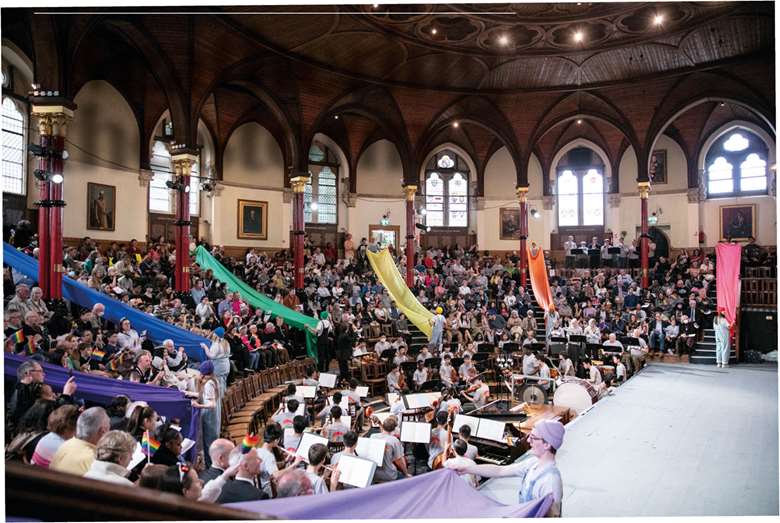
Will Cooper
A mid the familiar hubbub of summer term 2022, lockdown months may seem distant. Many practitioners in the creative arts spent the summer of 2020 doing everything possible to facilitate students’ collaboration online, while simultaneously dreaming about future projects in which people could share the same physical space once again. The word ‘connection’ flashed incessantly from computer screens when the internet signal wavered: an ongoing reminder of all that seemed to be at stake.
As time went on and opportunities for live performance became distantly possible, the question facing all of us seemed to be less ‘what?’ than ‘why?’ How had our experience of the pandemic reframed the essential purpose of performance for young people and communities? It was in this context that Noye's Fludde, performed by a company comprising nine schools and community organisations from the London Borough of Harrow, was conceived.
Harrow School celebrates its 450th anniversary in 2022. Unusually for a boarding school, its buildings are not confined to a campus but spread throughout the town. The relationships between the school and the individuals and organisations within its community, both local and further afield, form the backbone of its history. Today, the school's Shaftesbury Enterprise programme, named after the 19th-century philanthropist and social reformer, is the school's initiative focused on improving the educational outcomes and life opportunities for young people in our neighbourhood.
On a spectacular scale
In a significant birthday year for the school, what better way to demonstrate the relationships within the community, and to celebrate the transformative power of live performance, than by working towards a collaborative production on a spectacular scale? As Tim Dalton, Harrow's director of Shaftesbury Enterprise, notes, ‘We look for projects that allow young people to grow, push themselves and realise their huge potential. It is hard to overestimate the power of an experience such as Noye's Fludde in that context’.
Benjamin Britten's community opera, which tells the familiar story of Noah's ark, has collaboration at its heart. ‘The magic is that anyone can be involved’, observes David Woodcock, Harrow's director of Music. ‘The combination of opportunities for professionals, amateurs and children (and, of course, the whole audience) is what makes it so inspiring. Young professionals share the stage with teenagers and younger children in the singing roles. Everyone has something to learn from each other’.
Harrow School's speech room, an auditorium modelled partly on Shakespeare's Globe theatre, was an appropriate setting not only because of its scale, but also for the way its semi-circular, shared-light playing conditions reflected the inclusivity and community at the core of the project. The speech room felt as if it could have been designed with Noye's Fludde in mind: its upstage choir stalls providing a ready-made ark, and seven auditorium aisles providing inspiration for the rainbow motif with which the piece culminates.
Sustained relationships
This project was about sustained relationships, however, not just a sharing of space. Children from Byron Court Primary School, Norbury School, St Anselm's Catholic Primary School and St Jérôme Church of England Bilingual School joined the cast as the animals on the ark. Harrow School's choral fellow, Tom Moy, began weekly visits to each school in autumn 2021, providing a grounding in vocal technique. He was joined by staff and sixth form students from Harrow's Drama department for workshops in the spring, exploring narrative and characterisation. At the start of the summer term each school visited Harrow's Ryan Theatre, where production staff ran workshops in design, helping children to create their own costumes.
Tom May highlights how the project ‘has drawn attention to the importance of practical arts education and its impact on developing minds. The children's inquisitive perseverance has demonstrated their desire to find a freedom of expression through the dramatic arts, which is perhaps all the more evident due to the backdrop of the pandemic’.
As rehearsals came together, everyone involved formed new connections. Performing arts students from Bishopshalt School joined professional singers in the principal roles. Instrumentalists from Whitmore High School and Cannon Lane Primary School joined Harrow's musicians to make up the orchestra. They played alongside bellringers from St Mary's, the parish church in Harrow-on-the-Hill.
The culmination
On 30 April 2022, a company of more than 150 performers played two performances to packed audiences – the culmination of many months of planning and collaboration. The distance travelled seemed huge and, amid so many people gathered, it was difficult not to be transported back to the start of the process and those days of lockdown dreaming.
And what of the future? In schools there is a natural tendency to capitalise on successful projects through talk of repeat and development. The relationships between all involved in Noye's Fludde will remain and (we hope) grow, but it's likely that that particular group will never actually share the same space at the same time again.
But perhaps that is the ultimate point, and the reason that collaborative arts projects matter more than ever in our emerging post-lockdown world. We were there and, as one primary school performer put it, ‘everyone sang their hearts out’.


